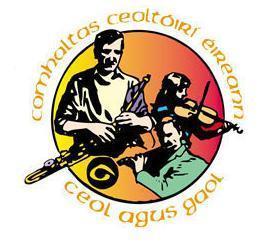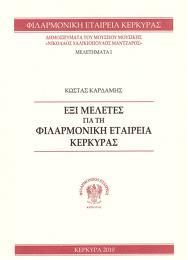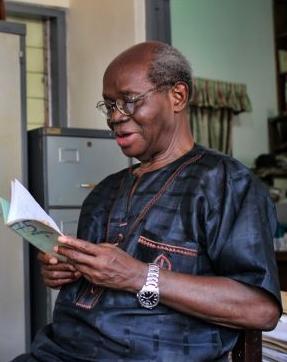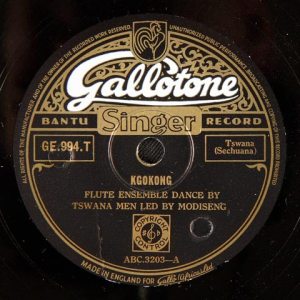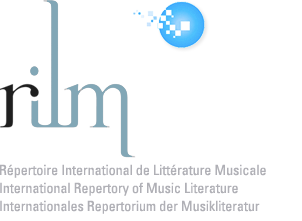 Charles Samuel Myers, CBE (1873–1946), who coined the term shell shock during World War I, was among the psychologists whose work fed into comparative musicology and, later, ethnomusicology. He joined an anthropological expedition to the Torres Strait and Sarawak in 1898, and his studies of musical traditions in those places resulted in several articles.
Charles Samuel Myers, CBE (1873–1946), who coined the term shell shock during World War I, was among the psychologists whose work fed into comparative musicology and, later, ethnomusicology. He joined an anthropological expedition to the Torres Strait and Sarawak in 1898, and his studies of musical traditions in those places resulted in several articles.
“The ethnological study of music” presents a glimpse of how psychologists viewed ethnic music around the turn of the century. In this essay, Myers points out that unfamiliar music may seem as disorderly and meaningless as unfamiliar language, but in both cases sufficient study and habituation reveal inherent order and meaning. All music serves an expressive function, he states, and universal elements such as rhythm, harmony, scale, and tonal center may serve as bases for cross-cultural comparisons.
Myers goes on to argue that the documentation and study of non-Western musics is an urgent matter, as traditions are already becoming polluted by outside sources. Fortunately, he notes, the advent of sound recording has greatly facilitated this enterprise, making it unnecessary for the ethnographer to transcribe performances during fieldwork. Myers ends with step-by-step instructions and procedural recommendations for making field recordings with the Edison-Bell phonograph (above).
This essay appears in Anthropological essays presented to Edward Burnett Tylor in honour of his 75th birthday (Oxford: Clarendon, 1907, pp. 235–253); the book is documented in our most recent printed bibliography, Liber amicorum: Festschriften for music scholars and nonmusicians, 1840–1966.
Related posts:


